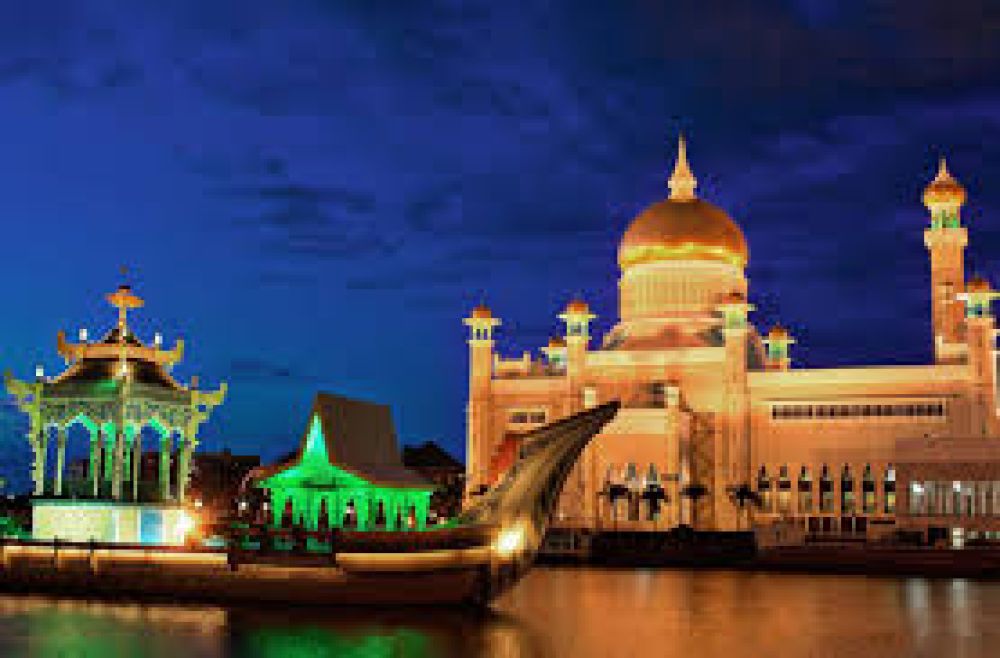

Bandar Seri Begawan, the capital city of the Sultanate of Brunei, may not be as prominent on the global tourism map as some of its Southeast Asian neighbors, but it carries a unique allure that has slowly attracted a steady stream of visitors over the years. The tourism history of this quiet and tranquil city is as enriching as its culture and heritage.
In its early days, Bandar Seri Begawan, formerly known as Brunei Town, was a hub for traders and travelers, mainly due to its strategic location on the Brunei River. However, it was not until the late 20th century, with the rise of the oil and gas industry, that Brunei began investing in infrastructure and promoting itself as a destination for international tourism. The city started witnessing the development of luxury hotels, shopping complexes, and the enhancement of historic and cultural sites.
The Royal Regalia Building, which houses the regalia of the Sultan and the monarchy, was opened in 1992 and became one of the city's main attractions, showcasing Brunei's opulent royal history and the Sultan's lavish Birthday Celebration exhibits. The 29th Sultan of Brunei, Sultan Omar Ali Saifuddien Mosque, with its shimmering golden domes becoming one of the most iconic landmarks of the city, has attracted tourists from around the world since it was completed in 1958.
As the world began to take notice of the importance of sustainability, Bandar Seri Begawan also positioned itself as an eco-tourism destination. The lush rainforests of Ulu Temburong National Park, accessible from the city, offer an authentic experience of Borneo's pristine nature and act as a magnet for nature enthusiasts and adventure travellers.
Today, Bandar Seri Begawan is embracing contemporary tourism trends, focusing on personalized and authentic travel experiences. Visitors are now looking for meaningful connections with local culture, and the city offers this through community-led tours, local cuisine in the vibrant Tamu Market, and the serene water village known as Kampong Ayer. Additionally, with the recent global increase in interest in Islamic tourism, Bandar Seri Begawan has seen a rise in visitors eager to explore its Islamic heritage and marvel at its stunning mosques and Islamic architecture.
The government of Brunei has made significant efforts to increase the city's connectivity to the rest of the world, with the Brunei International Airport undergoing expansions to accommodate more passengers. The ease of visa restrictions for many countries has also contributed to an increase in tourist arrivals.
Despite its charm, Bandar Seri Begawan has faced challenges in the sector of tourism, notably in widespread global awareness. To combat this, the Brunei Tourism Board continues to engage in active marketing campaigns and participation in international travel fairs to promote the city's attractions. There is also a focus on diversifying the offerings, including promoting sports tourism and international events, which is expected to draw a new wave of international visitors.
In conclusion, Bandar Seri Begawan's history in tourism reflects a journey of growth and evolution. From its quiet beginnings to its current status as an emerging tourist destination, the city continues to showcase the best of Brunei's rich history, culture, and hospitality, while also adapting to modern travel preferences and sustainability practices.